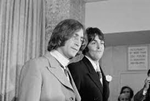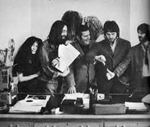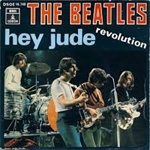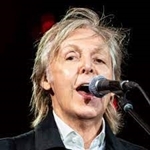Though the band was only together for a little less than a decade, their catalog is arguably the most influential collection of popular music since the advent of rock 'n'roll. They took their cues from Chuck Berry, Fats Domino, Carl Perkins, Motown and, of course, Elvis Presley, and gifted us with some of the greatest songs ever recorded. With that in mind, let's riffle through The Beatles songbook and single out their best work.
Jeremy Smith is a freelance entertainment writer and the author of "George Clooney: Anatomy of an Actor". His second book, "When It Was Cool", is due out in 2021.
Source: Jeremy Smith/yardbarker.com














